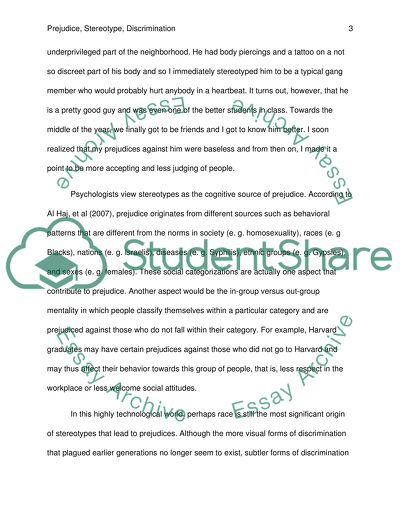Cite this document
(“Prejudice, Stereotypes, and Discrimination Essay”, n.d.)
Retrieved from https://studentshare.org/psychology/1434703-prejudice-stereotypes-and-discrimination
Retrieved from https://studentshare.org/psychology/1434703-prejudice-stereotypes-and-discrimination
(Prejudice, Stereotypes, and Discrimination Essay)
https://studentshare.org/psychology/1434703-prejudice-stereotypes-and-discrimination.
https://studentshare.org/psychology/1434703-prejudice-stereotypes-and-discrimination.
“Prejudice, Stereotypes, and Discrimination Essay”, n.d. https://studentshare.org/psychology/1434703-prejudice-stereotypes-and-discrimination.


